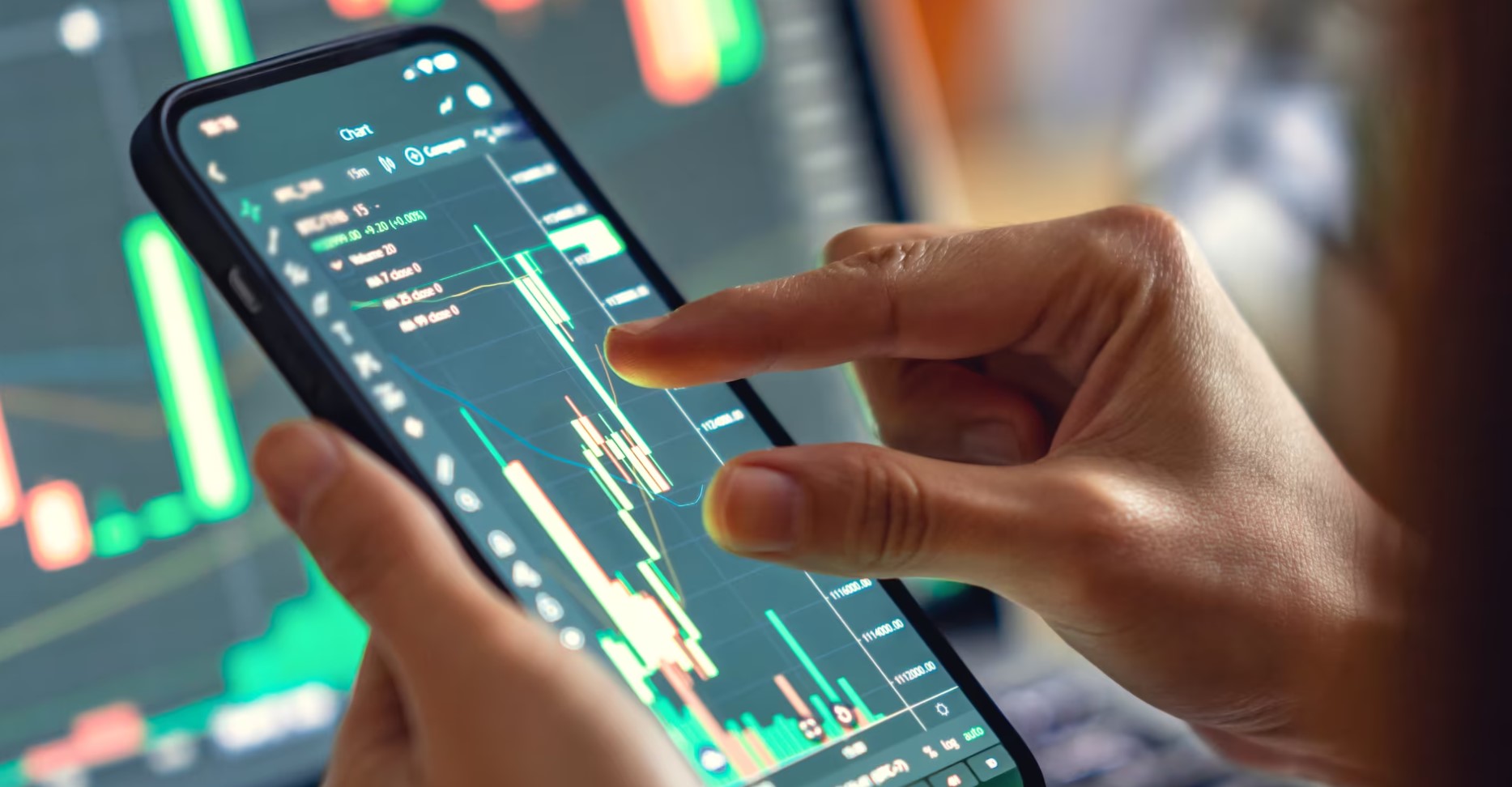Trading Bot Performance Metrics: What to Track and Analyze? This is the question that every cryptocurrency trader should ask themselves when employing these automated tools. Let’s explore the metrics that are vital for gauging your trading bot’s performance:
Profitability Ratio
One of the primary objectives of using a trading bot is to increase profitability. The profitability ratio measures how effective your bot is at generating profits. It’s calculated by dividing the total profits by the total losses. A ratio greater than 1 indicates that your bot is profitable.
Win Rate
The win rate represents the percentage of successful trades out of the total number of trades executed by your bot. A higher win rate suggests that your bot is making more winning trades, which is a positive sign.
Risk Management
Efficient risk management is crucial in cryptocurrency trading. Track your bot’s risk management strategies, such as stop-loss orders and position sizing, to ensure your investments are protected.
Market Volatility Adaptability
Cryptocurrency markets are known for their volatility. Analyze how well your trading bot adapts to changing market conditions. It should be capable of making sound decisions during both calm and turbulent times.
Trading Frequency
The number of trades executed by your bot per day can impact its overall performance. An excessively high or low trading frequency can lead to suboptimal results. Find the right balance based on your trading strategy.
Drawdown Rate
Drawdown Rate is a critical metric in the world of cryptocurrency trading. It measures the peak-to-trough decline in your trading bot’s equity curve, indicating the maximum loss incurred from the bot’s highest point to its lowest point. Understanding and managing drawdown is essential for risk management and preserving your capital. Here’s a closer look at this crucial performance metric:
- Definition: Drawdown Rate quantifies the extent to which your trading bot’s value has decreased from its peak. It provides insights into the bot’s ability to weather market fluctuations.
- Risk Assessment: A higher drawdown rate signifies greater risk, as it indicates that your bot experienced more significant losses. It’s vital to evaluate this metric in the context of your risk tolerance.
- Risk Management: Effective risk management strategies aim to limit drawdowns. Setting stop-loss orders and controlling position sizes can help mitigate the impact of drawdowns.
- Emotional Impact: Drawdowns can be emotionally challenging for traders. Understanding and accepting that drawdowns are part of trading can help you stay composed during turbulent times.
- Historical Analysis: Analyze historical drawdown data to identify patterns and trends. This can inform adjustments to your trading bot’s strategy to reduce drawdowns.
- Optimization: Continuously optimizing your bot’s strategy can help minimize drawdowns. Consider diversifying your portfolio, refining entry and exit points, and adapting to changing market conditions.
- Setting Thresholds: Establishing maximum drawdown thresholds can help you maintain discipline and prevent excessive losses. These thresholds should align with your risk tolerance and trading goals.
- Monitoring: Regularly monitor your trading bot’s performance and drawdown rate. Being proactive in addressing drawdowns can prevent more significant losses in the long run.
Execution Speed
In the fast-paced world of cryptocurrency trading, every second counts. Evaluate how quickly your bot executes trades and whether it lags behind market movements.
Backtesting Results
Backtesting is a crucial step in evaluating the effectiveness of your trading bot’s strategy before deploying it in live markets. It involves running historical market data through the bot’s algorithms to see how it would have performed. This process helps traders identify potential strengths and weaknesses in their strategies. Below, we’ll delve into the importance of backtesting and provide a comparative table highlighting its benefits:
| Aspect | Description | Importance |
| Historical Accuracy | Backtesting allows you to assess how accurately your bot’s strategy would have performed in the past. It provides a historical perspective on the strategy’s effectiveness. | Critical for gauging strategy viability |
| Risk Mitigation | By backtesting, you can identify potential pitfalls and risks associated with your strategy. This allows you to make informed adjustments to minimize losses. | Essential for risk management |
| Strategy Refinement | Backtesting results enable you to fine-tune your trading bot’s strategy. You can optimize entry and exit points, improve risk management, and adapt to changing market conditions. | Crucial for strategy improvement |
| Realistic Insights | It provides a realistic view of how your bot would have fared in various market scenarios. This helps set realistic expectations and prevents over-optimism. | Vital for setting realistic goals |
| Psychological Prep | Knowing how your bot performed historically can prepare you psychologically for the ups and downs of live trading. It reduces the emotional impact of drawdowns and losses. | Significant for emotional resilience |
Liquidity Management
Your bot should be adept at managing liquidity. Ensure it can enter and exit positions without causing significant price fluctuations.
Slippage Analysis
Slippage occurs when your bot’s executed price differs from the expected price. Analyze the frequency and impact of slippage to optimize your trading strategy.
Portfolio Diversification
Diversifying your portfolio is a risk-reduction strategy. Check if your bot effectively diversifies investments across different cryptocurrencies to spread risk.
Trade Duration
Trade duration is a pivotal metric in the world of cryptocurrency trading that measures the length of time a trading bot holds a position. Understanding trade duration is essential as it can significantly impact your overall trading strategy and risk management. Below, we’ll delve into the importance of trade duration and provide a comparative table highlighting its significance:
| Aspect | Description | Importance |
| Short-term vs. Long-term | Trade duration can vary from short-term, where positions are held for minutes or hours, to long-term, where positions may be held for days, weeks, or even months. Understanding this difference is crucial as it affects your risk tolerance and strategy. | Critical for determining risk and strategy |
| Risk Profiles | Short-term trading often involves higher volatility and risk, while long-term trading tends to be more stable but may require patience. Your choice of trade duration should align with your risk profile and trading goals. | Vital for risk management |
| Capital Allocation | Trade duration influences how you allocate your capital. Short-term trading may require more frequent monitoring and capital turnover, while long-term trading may require less active management. | Essential for capital allocation |
| Psychological Factors | Trade duration can impact your emotional state. Short-term trading can be emotionally taxing due to rapid market movements, while long-term trading may require patience during periods of price fluctuation. | Significant for emotional resilience |
| Strategy Adaptability | Different trade durations may require different strategies. Short-term trading often involves technical analysis and quick decision-making, while long-term trading may focus on fundamentals and macro trends. | Crucial for strategy selection |
Adherence to Trading Strategy
Ensure your bot strictly adheres to the predefined trading strategy. Any deviations may lead to unexpected results.
User Interface and Accessibility
A user-friendly interface and accessibility are crucial for monitoring and adjusting your bot’s settings. User experience can impact decision-making and overall performance.
Cost Efficiency
Consider the costs associated with using a trading bot, including subscription fees and transaction fees. Calculate the bot’s performance net of expenses.

